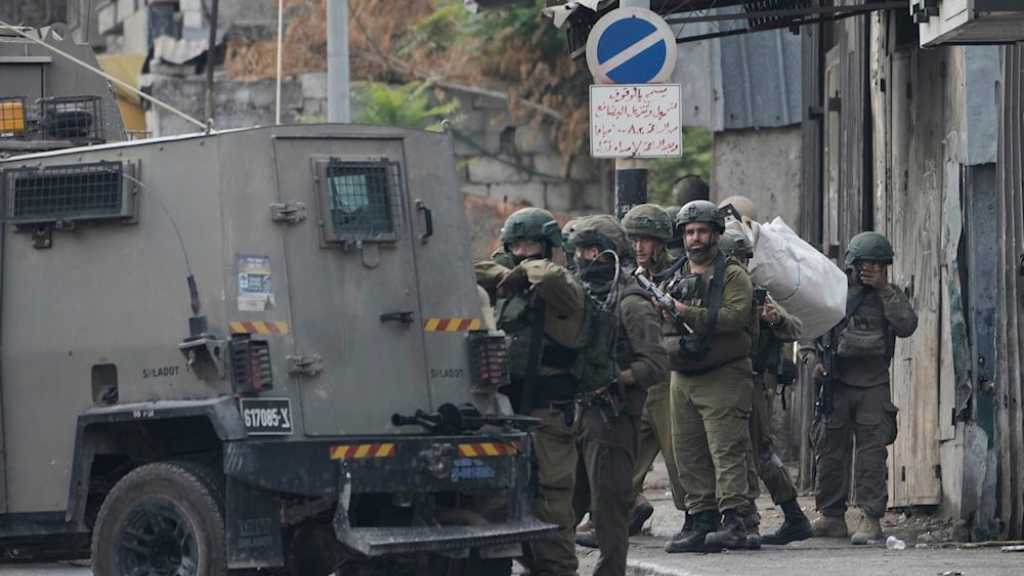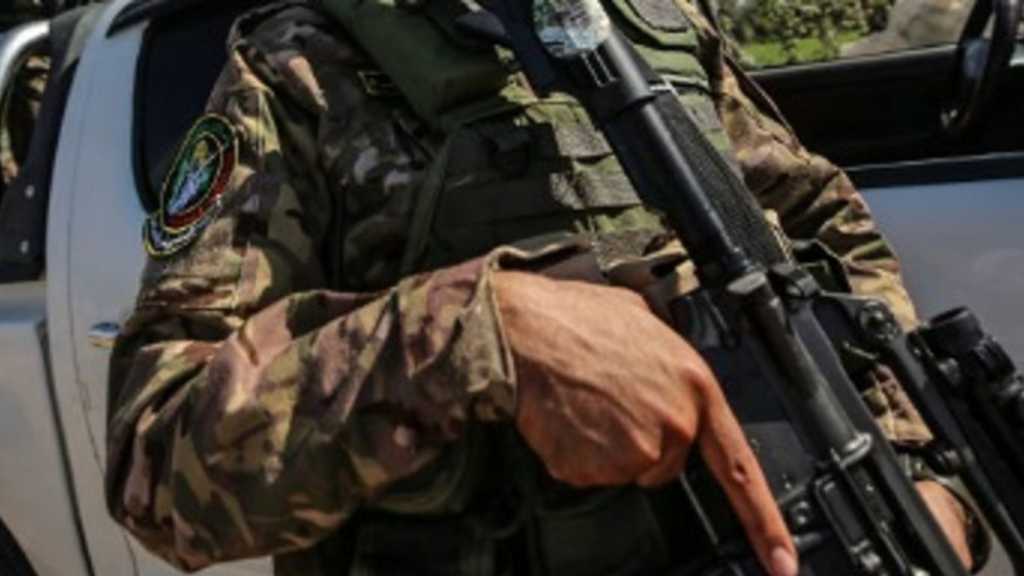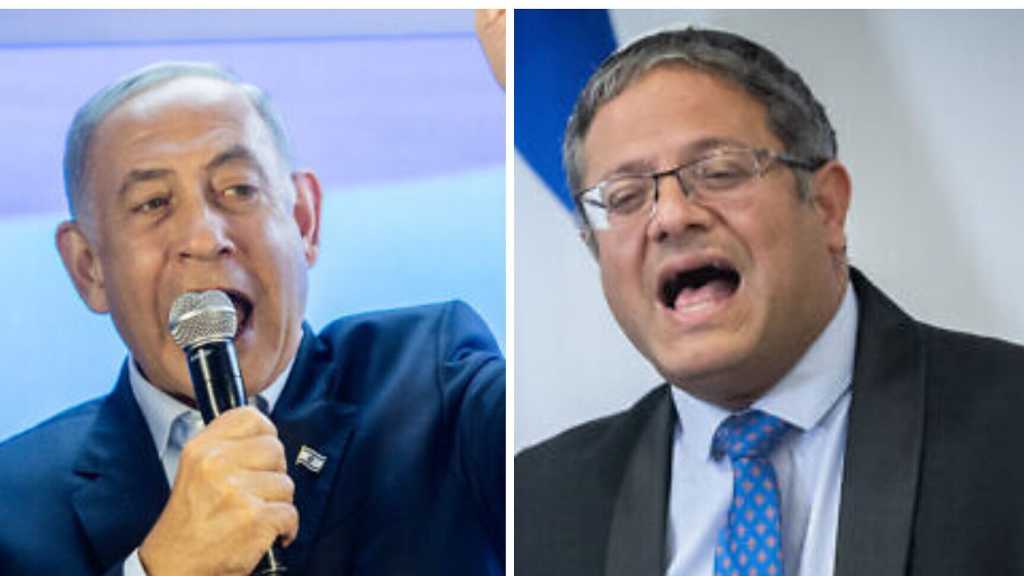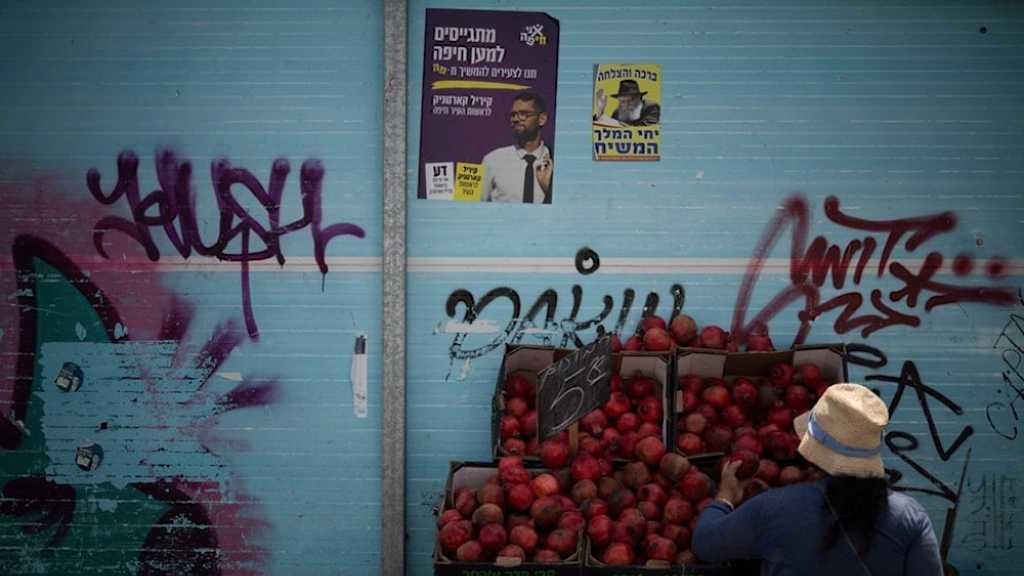Witkoff’s Route to the Region: A Prelude to a “Deal”?
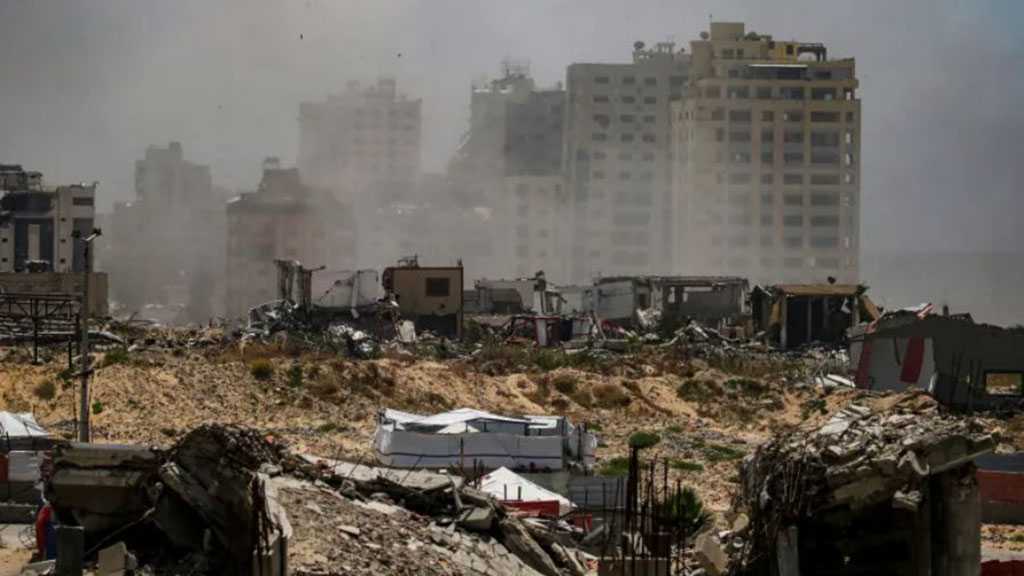
By Al-Ahed News
Itamar Eichner, the political correspondent for the “Israeli” newspaper "Yedioth Ahronoth", focused on the Tuesday night announcement by US State Department spokesperson Tammy Bruce, who stated that Steve Witkoff, US President Donald Trump’s special envoy, is "now" en route to the region.
Eichner noted that in recent weeks—especially since the launch of the Doha talks just over two weeks ago—Witkoff’s anticipated arrival in Doha has been seen within the Zionist entity as “the most significant indication of progress in the negotiations.” Witkoff is expected to begin his diplomatic efforts in Europe before proceeding to Doha, depending on developments.
Just hours before Bruce's announcement—seen as a major signal of movement in the negotiations—mediators involved in the captive exchange talks estimated that Hamas would issue a response to the latest ceasefire proposal within 24 hours.
According to assessments within the enemy entity, the primary point of contention remains the extent and depth of the “Israeli” withdrawal from areas seized during Operations Azza wa Saif [Honor and Sword], launched following the March ceasefire collapse, and Arabat Gideon [Gideon’s Chariots], which is ongoing and nearing its conclusion.
Nevertheless, officials in “Israel” describe this dispute as “resolvable.” Based on understandings reached during the indirect negotiations in Doha and Cairo, sources familiar with the details believe that a “modest” degree of flexibility on both sides could lead to agreement on a framework deal within a day.
A Zionist security source stated on Tuesday: “There are still disagreements, but most of the issues have been resolved.”
He noted that nearly all the contentious issues are “almost closed,” but a major sticking point remains the length of the buffer zone that “Israel” insists on maintaining. While “Israel” demands a buffer zone ranging from 1,200 to 1,500 meters from the Philadelphi Corridor, Hamas is insisting on a maximum of 800 meters.
The official added, “This too is resolvable,” and revealed progress regarding the number of captives to be released. According to him, “‘Israel’ has made concessions on this issue,” and the current proposal involves releasing around 1,000 captives, in addition to 100 to 150 captives from abroad.
Meanwhile, a political source said that Prime Minister Benjamin Netanyahu held a situation assessment with the negotiating team stationed in Doha.
In recent days, Witkoff’s arrival in Qatar has been viewed as “the most important indicator” of the status of communication. In the background, Strategic Affairs Minister Ron Dermer has been actively working with the US envoy on a separate diplomatic track not tied to the Doha talks. Reports suggest that Dermer may also travel to Qatar to join Witkoff.
During a multi-front situation assessment with the security establishment, War Minister Yisrael Katz stated: “We are closer than ever to achieving the war’s objectives. Two fronts remain open—Gaza and Yemen—and we must act to secure complete resolutions in both.”
Negotiation progress followed a significant concession by Netanyahu, who reportedly agreed to withdraw from the “Morag Axis,” a strategic corridor separating Rafah from Khan Younis.
According to a partial draft of the proposed “deal,” the initial 60-day ceasefire would see the release of half the living and deceased captives. This includes 10 living captives—eight on the first day and two on the 50th day—along with 18 deceased captives, whose remains will be returned in three successive phases.
As part of the agreement, negotiations would also be held to permanently end the war and secure the release of the remaining captives. Hamas, for its part, is demanding guarantees that the temporary ceasefire will extend beyond the 60-day period until a final agreement is reached. The nature of these guarantees, however, remains unclear.
Comments
